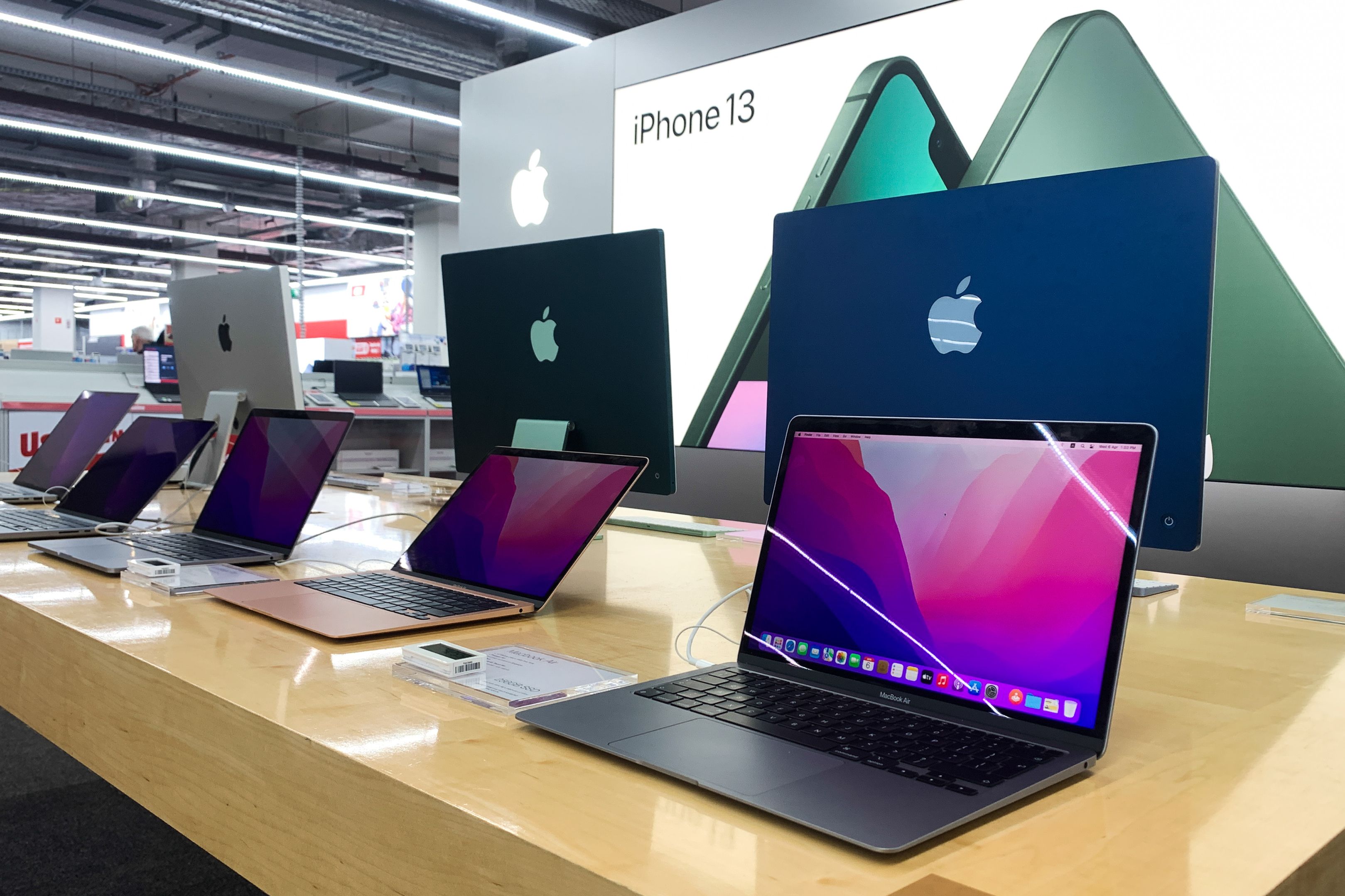
Wondering how much to spend on a laptop? Are you overpaying for higher-end models when basic ones will suffice? Do these models come with Microsoft Office? If not, how can you obtain it? Lastly, what is the expected lifespan of a decent laptop? Let’s dive into a simplified guide to find an ordinary, reliable, and future-proof model.
The world of laptops often involves confusing jargon. Therefore, I present to you a plain English guide on what to consider when looking for a laptop that meets your needs and expectations.
1 The Screen and Size
When it comes to screen and size, there are two main factors to consider. Will you be frequently using your laptop outside of your home? If so, opting for a large 15 or 16-inch model is not recommended. Not only are they heavier and harder to fit into travel bags, but their battery life is typically inferior to standard 13 or 14-inch models.
On the other hand, if you primarily use your laptop at home, especially on a table or desk, a 15 or 16-inch model could be a suitable choice. Since it will likely be plugged in most of the time, the extra screen space can be beneficial for individuals with poor eyesight or for multitasking with multiple applications open simultaneously. As for screen quality, aim for a “full HD” display (also known as 1080p). 4K resolution is unnecessary, and touchscreen models are typically unnecessary as well.
2 Engine Stuff: Chips and RAM
This is where technical jargon comes into play. If you’re considering a Windows laptop (Dell, HP, Lenovo, etc.), aim for a minimum of an Intel i5 or AMD Ryzen 5 chip (also known as a “processor”). Anything below that might limit your ability to perform tasks like video editing.
Similarly, it’s recommended to opt for a laptop with at least 8GB of RAM. Anything less may result in slower performance for certain tasks.
3 Windows vs Mac
If you’re price-conscious, the choice is simple: Apple MacBooks typically start at over €1,000, unless you buy second-hand. Affordable options are Windows laptops made by brands like Asus, HP, Dell, Acer, and Lenovo.
If your budget allows for over €1,000, an Apple MacBook becomes a more advanced choice. MacBooks tend to have longer battery life and offer more power compared to similarly priced Windows laptops. They are also generally user-friendly, equipped with useful software for tasks like photo and video editing, and seamlessly integrate with iPhones.
4 Microsoft Word
Microsoft Word is essential for many individuals. Unfortunately, no laptop comes with full functionality of this software for free. You can access a limited version for free online at Office.com, but it comes with reduced functionality and the requirement to use it solely online. Furthermore, document saving can only be done through Microsoft’s OneDrive, which provides 5GB of free space but charges a monthly fee starting from €2 for additional storage. For a more flexible experience with Microsoft Word, Excel, and PowerPoint, you can either subscribe to Microsoft’s office suite for €7 per month or €69 per year, or purchase a perpetual license for €299.
5 Price
As a general rule, it’s advisable not to spend less than €600 on a laptop. Investing in a basic, capable model
Denial of responsibility! VigourTimes is an automatic aggregator of Global media. In each content, the hyperlink to the primary source is specified. All trademarks belong to their rightful owners, and all materials to their authors. For any complaint, please reach us at – [email protected]. We will take necessary action within 24 hours.


